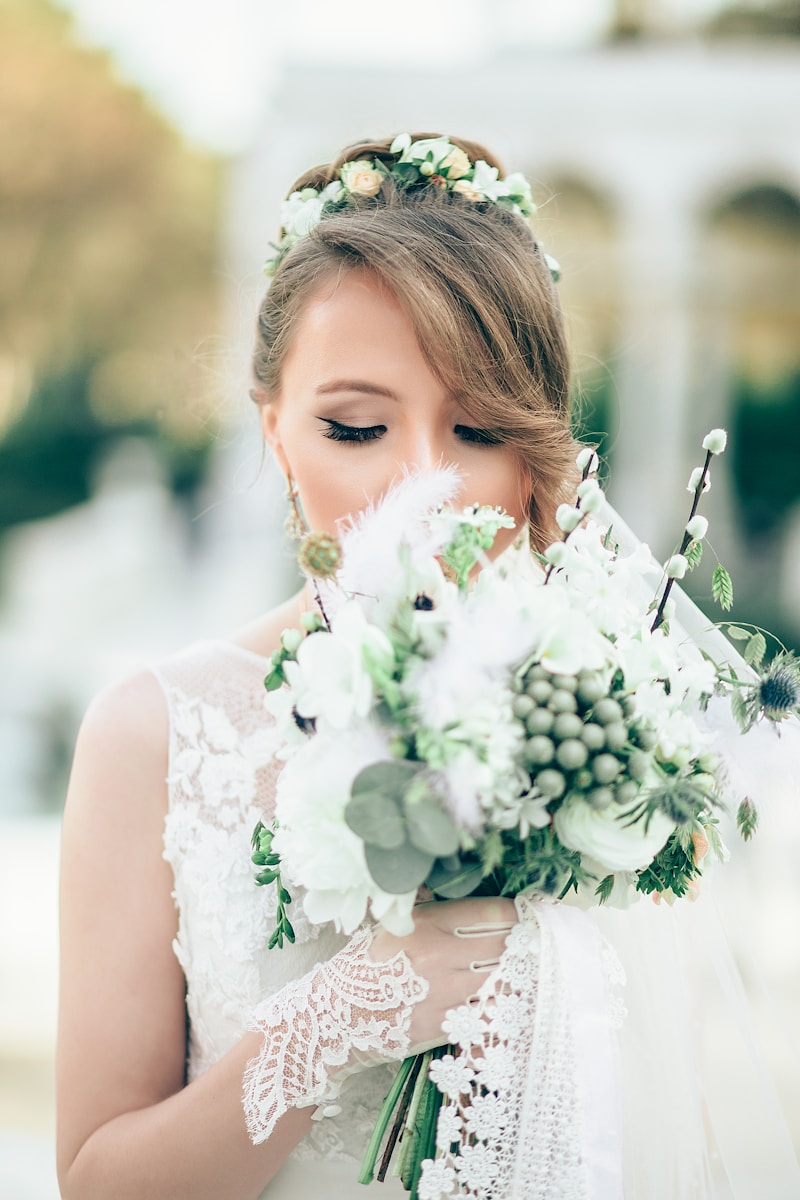Discovering the Fascinating Stories Behind Wedding Customs
Introduction: The Enchantment of Wedding Traditions
Weddings are a celebration of love and commitment, but they also carry a rich tapestry of customs and traditions that vary widely across cultures. Each wedding custom has a story—sometimes rooted in history, mythology, or simply a desire to keep a ceremony exciting and meaningful. In this article, we will delve into the stories behind wedding customs, examining how they’ve evolved and their significance in various cultures.
The Origins of Wedding Customs
The origin of wedding customs often dates back centuries, influenced by religion, geography, and social structures. While many practices are unique to specific cultures, some share common themes that transcend borders. For example:
| Custom | Origin | Significance |
| Bridal Veil | Ancient Rome | Protection from evil spirits |
| Throwing Rice | Ancient Asian Cultures | Fertility and prosperity |
| Wedding Ring | Ancient Egypt | Symbol of eternal love |
The Cultural Variance in Wedding Traditions
When exploring the stories behind wedding customs, it’s crucial to recognize the role culture plays. Every culture has unique rituals that reflect its values and societal norms. Let’s explore a few fascinating examples:
Western Weddings
In Western cultures, traditions often include the exchange of vows, the giving of rings, and the cutting of the wedding cake. These customs have stories that reflect love and prosperity. The wedding cake tradition, for instance, symbolizes abundance and happiness. Initially, cakes made of wheat and barley were broken over the bride’s head to ensure fertility. Today, couples often save the top tier of their wedding cake to enjoy on their first anniversary.
Indian Weddings
In India, weddings are elaborate affairs. One of the most intriguing customs is the ‘Saptapadi’, or the seven steps ritual. The couple takes seven steps together, with each step symbolizing a marital promise—such as nourishment, strength, and friendship. The significance of these steps is deeply intertwined with the couple's future life together, emphasizing companionship and mutual support.
Japanese Weddings
Japanese weddings traditionally incorporate Shinto practices. One captivating custom is the ‘San-San-Kudo’ ritual, where the couple takes three sips of sake from three different cups. This symbolizes the joining of two families. The act of sharing sake serves as a bonding moment and illustrates the importance of family ties in Japanese culture.
Middle Eastern Weddings
In Middle Eastern cultures, the wedding ceremony includes a beautiful tradition known as the ‘Henna Night’. This pre-wedding celebration involves the bride decorating her hands and feet with intricate henna patterns. This custom symbolizes beauty, joy, and good fortune, preparing the bride spiritually and emotionally for her wedding day.

The Symbolism and Meaning
Beyond the practices themselves, the choices made during a wedding carry deep symbolism. The wedding dress color is one such example. In many Western cultures, brides typically wear white, symbolizing purity. In contrast, in some Eastern cultures like China, red is favored, representing luck and happiness.
Furthermore, the act of exchanging vows signifies mutual consent and commitment. The words exchanged can encompass promises of love, fidelity, and support, each laced with the hopes and dreams of the couple embarking on their new life together.
Adapting Traditions in Modern Weddings
As society evolves, so too do wedding traditions. Many modern couples blend different customs, creating unique ceremonies that reflect their backgrounds and beliefs. Online platforms and social media have inspired couples to personalize their weddings, leading to a new fusion of traditions.
Couples may incorporate elements like the first look or destination weddings, which were once considered unconventional. The shift symbolizes a movement toward weddings that are not confined to traditional molds but rather embrace personal expressions of love and commitment.
Common Questions About Wedding Customs
As you explore the stories behind wedding customs, you might have several questions in mind. Here are some frequently asked questions about wedding traditions:
What is the significance of wearing a wedding ring?
The wedding ring is a symbol of eternity, with no beginning or end. It represents the couple’s love and commitment to each other.
Why do some cultures have pre-wedding ceremonies?
Pre-wedding ceremonies often serve to prepare both families for the union. They foster bonds and celebrate the couple’s journey towards marriage.
How have wedding customs changed post-pandemic?
Post-pandemic, many couples prioritize smaller, more intimate weddings. Restrictions led to creative adaptations, with online celebrations and personalized ceremonies gaining popularity.
Conclusion: Embracing the Stories Behind Wedding Customs
The stories behind wedding customs shape our understanding of love, family, and commitment. Each culture offers a diverse perspective on these universal themes, enriching our experience of weddings across the globe. Whether you’re planning a wedding or simply interested in diverse cultures, understanding these customs enhances the significance of the celebration.
As you embark upon your wedding journey or attend a friend’s nuptials, consider these customs’ historical and cultural relevance. Embrace traditions that resonate with you while also being open to incorporating new practices. Ultimately, what matters most is the love shared and the memories created on this special day.